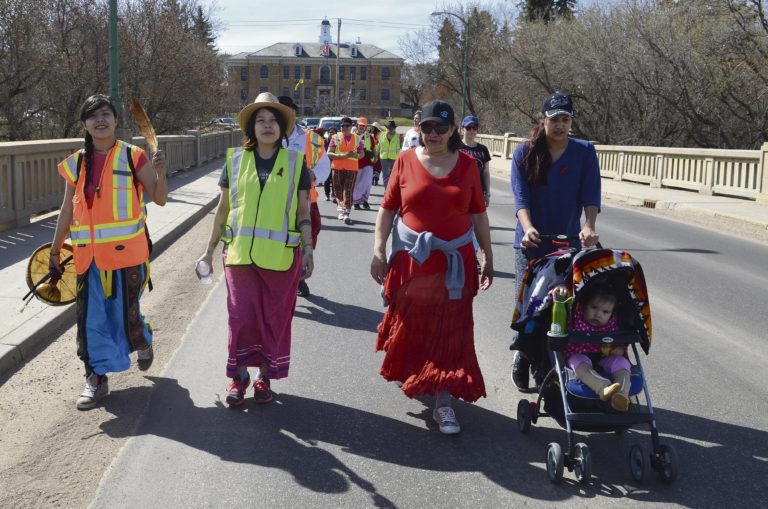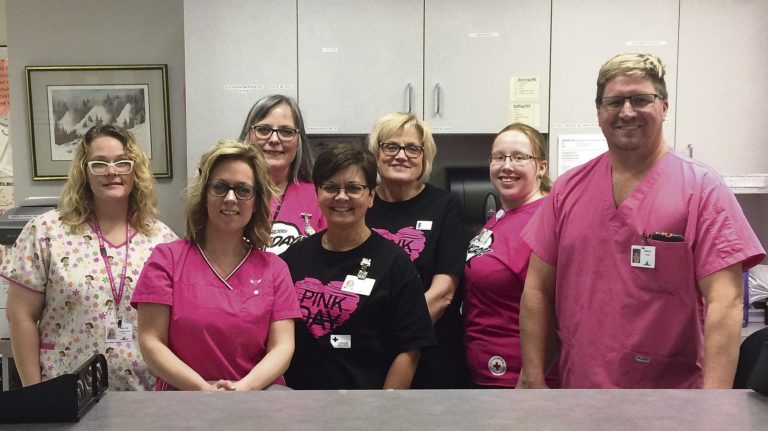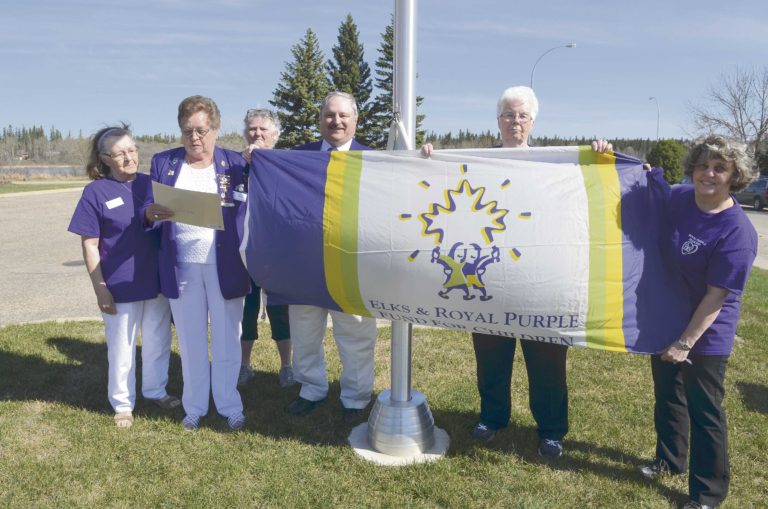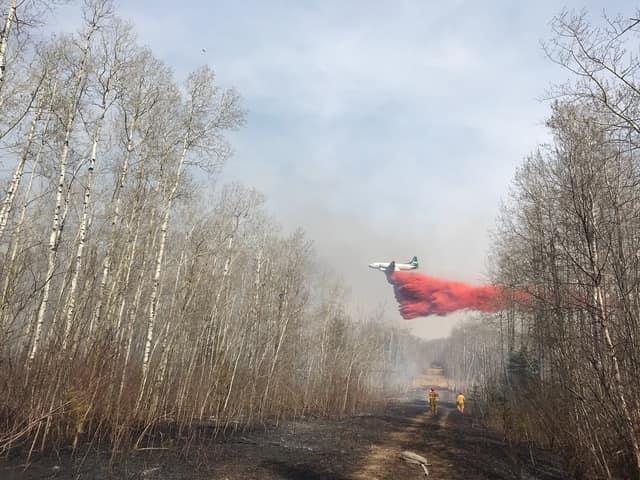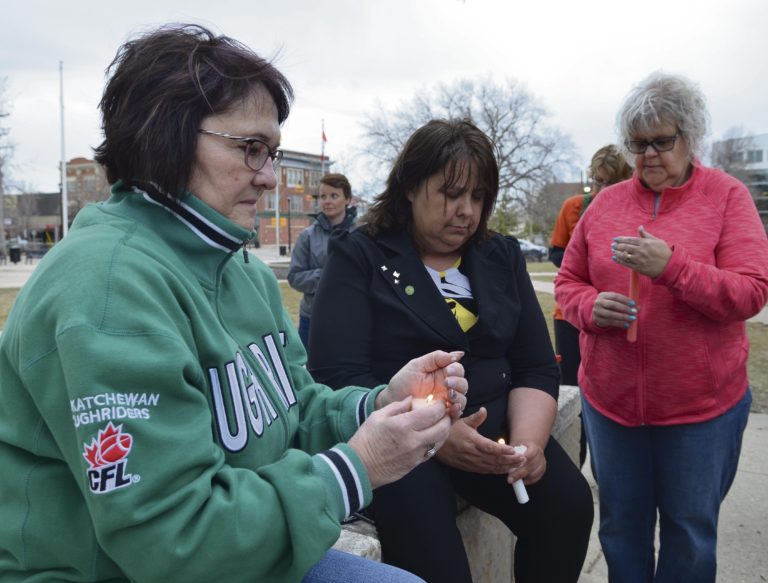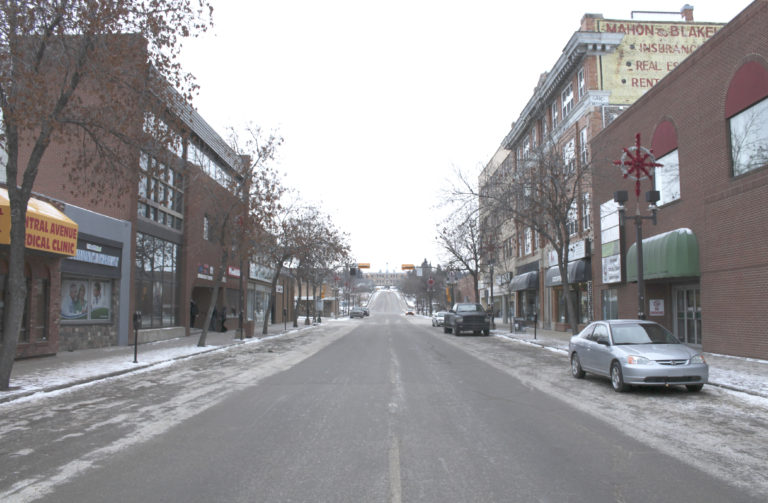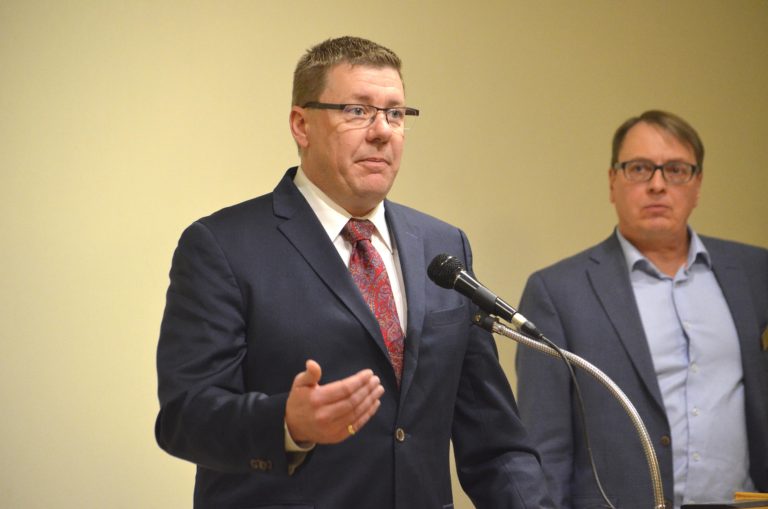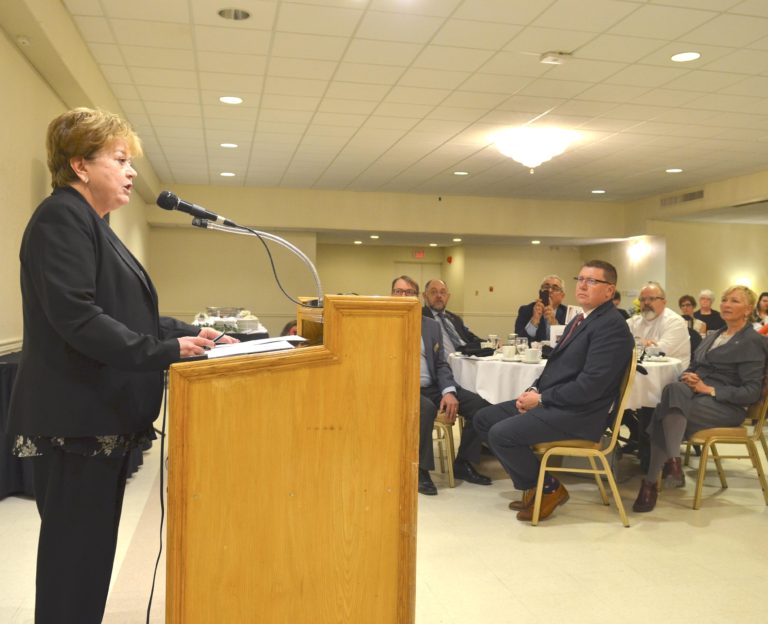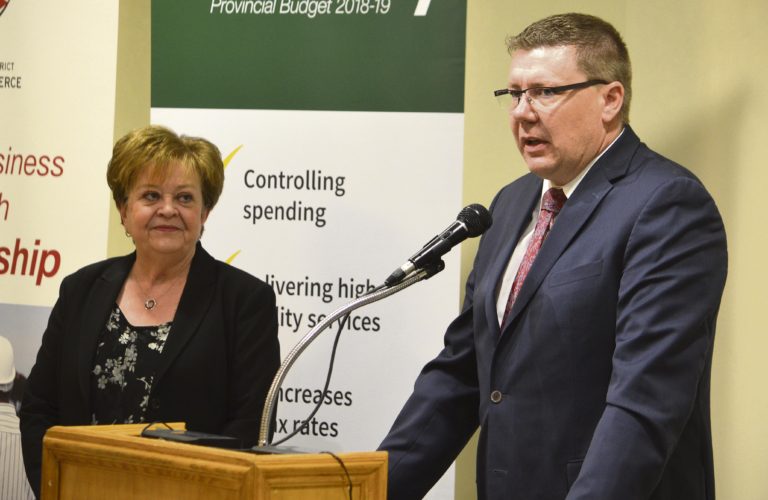It’s been over a year since Happy Charles went missing.
The La Ronge mom was last seen in Prince Albert, on the property of Prince Albert Collegiate Institute.
This week, her daughters are walking from Prince Albert to La Ronge to find some healing and to bring awareness to their cause.
The healing walk, called Bringing Happy Charles Spirit Home, A walk of Love for our Mom, was organized by one of Charles’ daughters, Marcia Bird. She got the idea while attending the Missing and Murdered Indigenous Women conference for youth held in late March. The conference was focused on young people who have been impacted by a missing or murdered family member or friend.
“I thought it would be a good idea for us to heal through this walk, because … walks are really healing,” Marcia said prior to embarking Sunday.
“I was hoping we could raise awareness for our mom so we can get more help throughout the summer. I hope people do help after this and we get a lot more help compared to last year.”
At March’s conference, Marcia had the opportunity to speak to one of the statement takers from the Missing and Murdered Indigenous Women and Girls National Inquiry. It was a tough, but “good” experience.
“I cried a bit when I was talking about my mom,” Marcia said.
“I told them about how she lived, and how she was with us. She was a really awesome mom. We all miss her and her happiness that she brought. It’s good to talk about it.”
Prior to leaving shortly after 10 a.m. Sunday morning, Bird and her sisters led a circle in song. Marcia played a rattle that belonged to her mother.
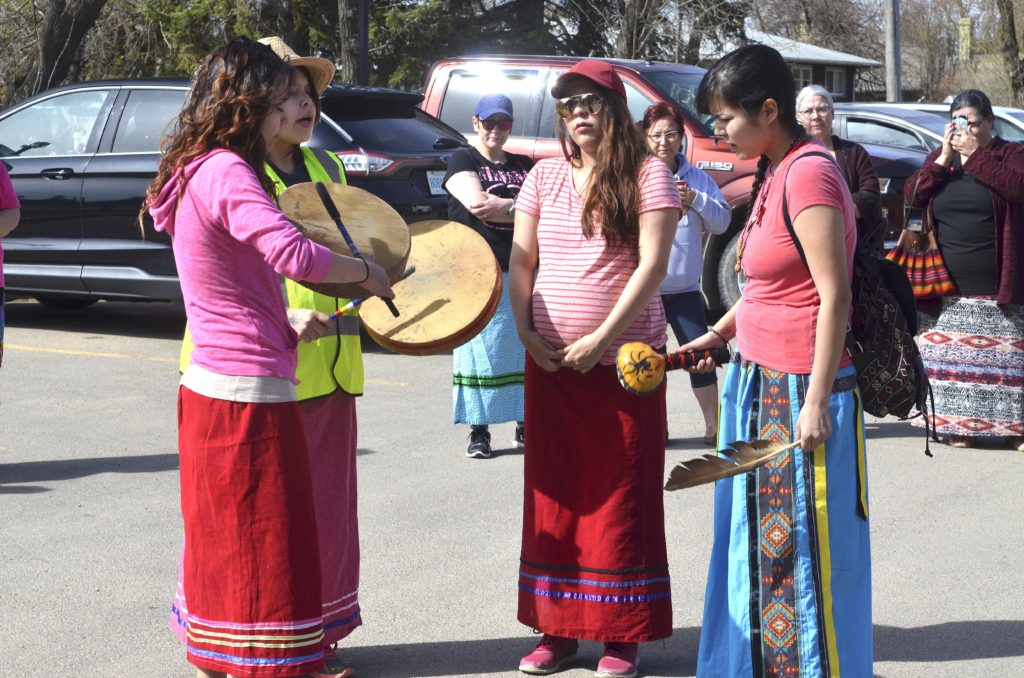
Happy’s step-father, Carson Poitras, also spoke. He talked about the family’s experience so far searching for their loved one. It was a steep learning curve, he said. The family had met with others in Regina who went through the same thing he did. Poitras called for an office to be set up for those looking for lost loved ones, helping with where to turn and what to do, so no other families have to start from scratch.
While Carson was unable to join the family on their walk, his wife, Happy’s mother, Regina, did join her granddaughters. She said a walk was always on people’s minds, but it took Marcia’s work to get the dates down.
“We were talking about it here and there, but not making concrete plans, and then she said ‘let’s do this walk.’ That’s Marcia,” Regina said.
According to Regina, at that conference, Marcia heard from people who had walked to Standing Rock and had walked to Ottawa.
“They showed up and made it a reality,” Regina said.
Those experienced walkers helped the family where to stop every night. They determined that if the walkers were to journey 30 km a day, they could complete the walk in eight days.
Then, Marcia picked the dates to walk. As it turned out, the walk will finish on Mother’s Day.
Regina hopes this year’s walk will result in more support for her family.
“If anybody out there knows something, let us know,” she said, adding that she hopes the journey will help raise awareness.
“We’re not getting the monetary help we need and we’re hot receiving any real searchers, like rangers or something like that, anybody.”
Happy Charles was last seen on April 3. Video footage spotted her at PACI. She was last seen in person at the YWCA, wearing a three-quarter length black jacket, blue jeans and baseball cap. She had light-coloured shoes, a black backpack, a purse and a white shopping bag.
Teams have been searching for her since last year, searching through bushes, abandoned structures and areas in and outside the city. The police have thrown their resources at the investigation, including an aerial search. They renewed their call for information on the one-year anniversary of her disappearance.
The family has set up a gofundme page to raise money for their continued search efforts and for a reward to help locate Happy. So far, the campaign has raised $1,040 of its $100,000 goal.
Sunday, Marcia was surprised by all the people who showed up to participate.
“It’s really nice. I’m pretty surprised this is happening,” she said, admitting she was a little nervous.
But despite those nerves, Marcia is confident the walk will help her family heal.
“I feel it’s going to be a great walk. It will be hard, and long. I feel like we’re going to cry a lot on this walk,” she said.
Regina agreed that the walk should help the family heal. She said she’s looking forward to walking on Mother Earth and connecting with her granddaughters and the other supporters.
She’s proud of what her granddaughters have accomplished.
“(I’m) very, very proud (of Marcia),” she said.
“She amazes me. They all do. They are powerful girls. They’re singers, and they’re wonderful.”

